LEGO ARCHITECTURE 21030 UNITED STATES CAPITOL... Instruction Manual
Other LEGO Toy manuals

LEGO
LEGO Friends 41037 Instruction Manual

LEGO
LEGO STAR WARS 7879 Instruction Manual
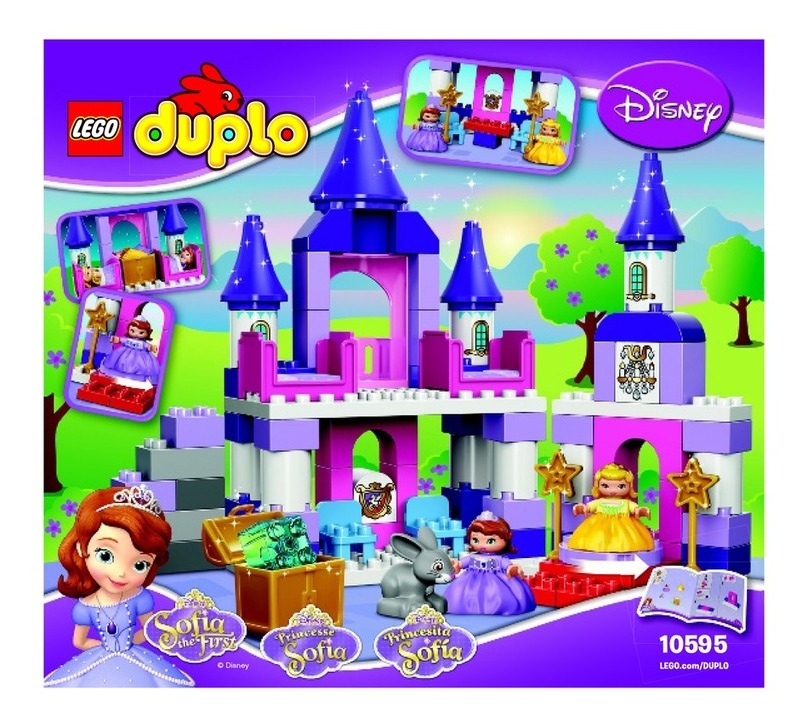
LEGO
LEGO 10595 User manual

LEGO
LEGO CITY 60050 Instruction Manual
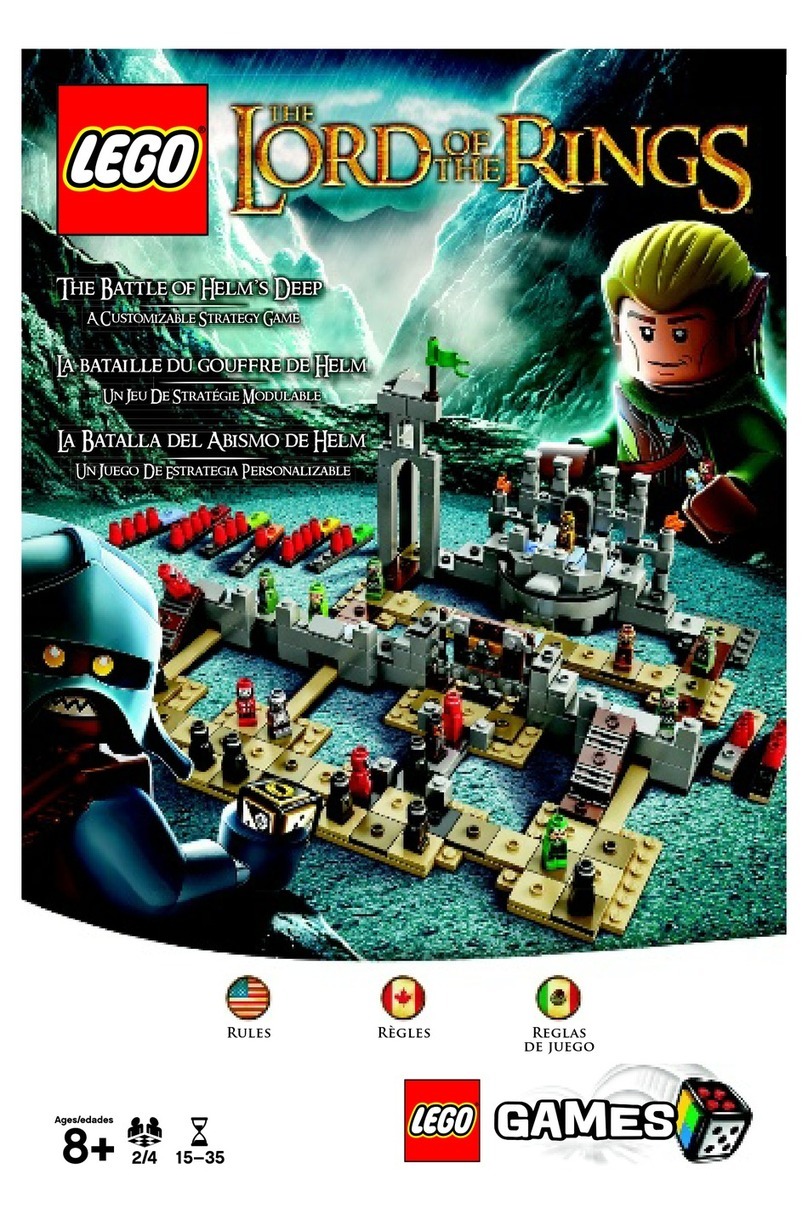
LEGO
LEGO The Battle of Helm's Deep User manual

LEGO
LEGO Ninjago Masters of Spinjitzu Wyplash 4645006 User manual

LEGO
LEGO STAR WARS 75112 User manual
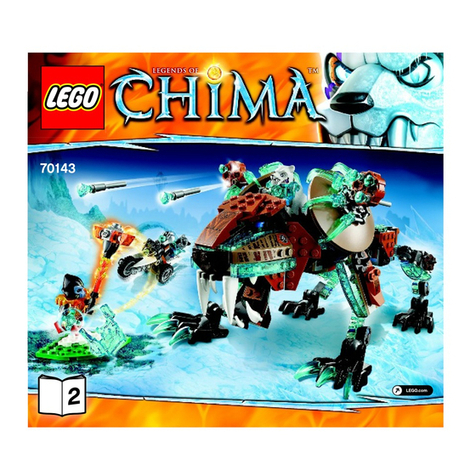
LEGO
LEGO legends of chima 70145 User manual

LEGO
LEGO Duplo 10583 User manual

LEGO
LEGO junior 10724 User manual

LEGO
LEGO 76014 User manual

LEGO
LEGO 10665 Juniors User manual

LEGO
LEGO 7498 Instruction Manual
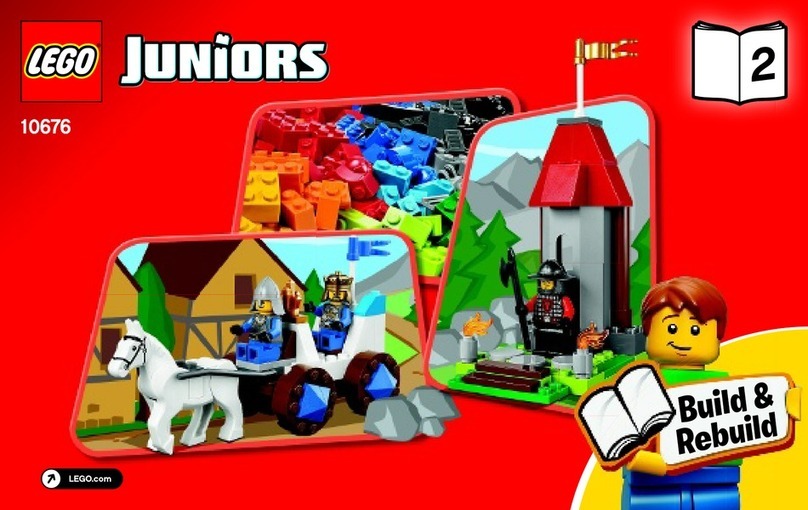
LEGO
LEGO 10676 User manual

LEGO
LEGO 9500 User manual

LEGO
LEGO CITY 60036 User manual

LEGO
LEGO Friends 41028 User manual
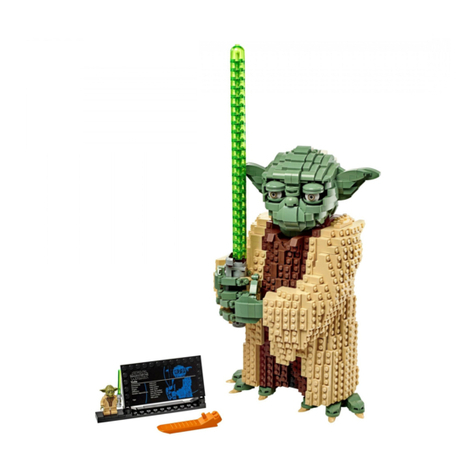
LEGO
LEGO STAR WARS 75255 User manual

LEGO
LEGO Magikus 3836 User manual

LEGO
LEGO LUDO 40198 User manual
Popular Toy manuals by other brands

FUTABA
FUTABA GY470 instruction manual

Fisher-Price
Fisher-Price ColorMe Flowerz Bouquet Maker P9692 instruction sheet

Little Tikes
Little Tikes LITTLE HANDIWORKER 0920 Assembly instructions

Eduard
Eduard EF-2000 Two-seater exterior Assembly instructions

USA Trains
USA Trains EXTENDED VISION CABOOSE instructions

Modellbau Laffont
Modellbau Laffont Z1601 Assembly instructions

























